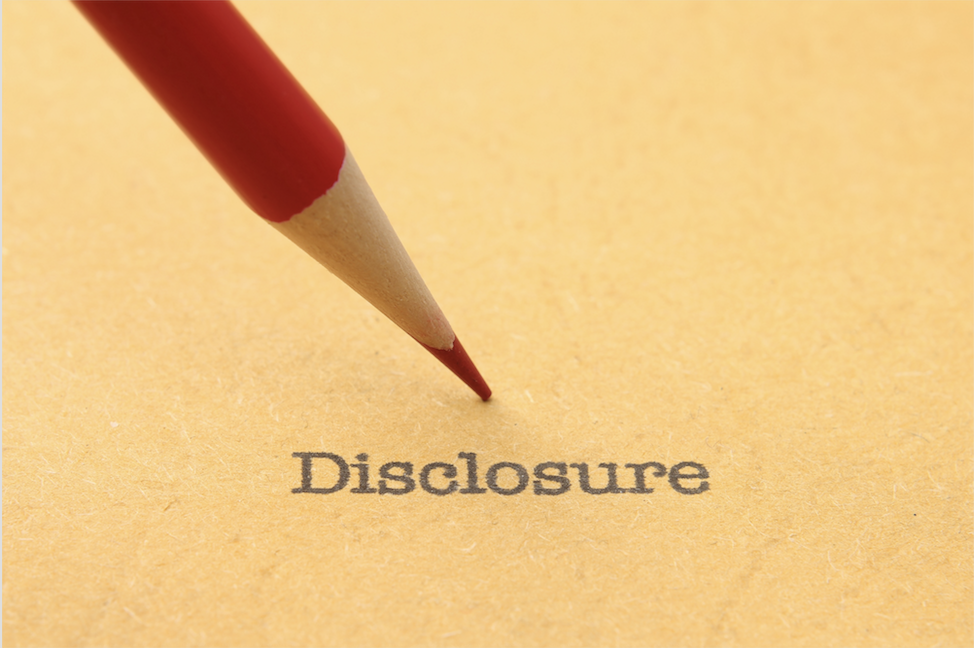
The Board’s (Almost Mandatory) Role in Form 990 Preparation
07.24.2024 | Linda J. Rosenthal, JD

If you aren’t clear about whether a tax-exempt organization must disclose its donors or not, the rest of us say: “Welcome to the club.”
It’s been a roller coaster ride of twists and turns for the past 18 months or so; confusion is the new normal on this issue. But now’s a good time to sum up what’s been going on, particularly because the federal government has just issued proposed new regulations that need comment and input by the public on or before December 9, 2019.
Most (but not all) of the current action on the issue of donor disclosure is focused on the rules under section 501(c)(4) of the Internal Revenue Code. That’s the murky “social welfare organization” category: Mucked up by significant infusions of “dark money” since the controversial Citizens United decision by the Supreme Court in 2010, then made worse by an abrupt switch from fifty years of precedent by the current Administration in 2018.
Historically, the rules has been clear-cut:
But in May 2018, the Treasury Department (and its agency, the IRS) turned this long-established mandate on its head by issuing a “revenue procedure” which is guidance short of a federal “regulation.” Revenue Procedure (“Rev. Proc.” pronounced “rev prock”) 2018-38 caused confusion and opposition from many quarters including from some state governments who have relied on the mandatory disclosure rules to monitor infusions of “dark money” coming into their jurisdictions.
Under Rev. Proc. 2018-38, 501(c)(4) organizations “… are no longer required to report the names and addresses of their contributors on the Schedule B of their Forms 990 or 990-EZ. These organizations, however, must continue to collect and keep this information in their books and records and to make it available to the IRS upon request, when needed for tax administration.”
There were howls of protest against Rev. Proc. 2018-38 from many quarters including the non-dark-money community and several state governments.
Led by Gov. Steve Bullock (D-MT), that state filed a federal lawsuit – joined by New Jersey – challenging the substance of this change as well as the procedure by which it happened; that is, by a revenue procedure instead of by formal regulation (or better yet, by statute) and without any of the usual and mandated public-notice period allowing for comment by anyone and everyone including the general public.
These states argued that they need the disclosure of the identity of donors pouring in huge amounts of money in order to conduct oversight activities and monitor corrupting influences in state and local elections and lawmaking.
By July, 2019, a federal district judge in Montana issued a key ruling in favor of Plaintiffs Montana and New Jersey. Long story short: The states asked for “the opportunity to submit written data and opposing views or arguments as required … [by the federal Administrative Procedure Act and cases interpreting that statute] … before … [the federal government] … “changes the the long-established reporting requirements. A proper notice-and-comment procedure will provide the IRS with the opportunity to review and consider information submitted by the public and interested parties. Then, and only then, may the IRS act on a fully-informed basis when making potentially significant changes to federal tax law.”
The Treasury/IRS had three choices available:
The feds chose door number three. The Internal Revenue Service announced proposed regulations would be issued in the Federal Register on September 10, 2019.
It’s a do-over, per the instructions by the federal court. Again, the goal is to upend the long-standing rule requiring disclosure of donors – but this time by regulation and dotting all the required “i’s” and crossing all the required “t’s” for public notice and input.
The specifics of how to submit written or electronic comments and requests for a public hearing are in the proposed regulations. The deadline is December 9, 2019.
Keep in mind, though, that the donor-disclosure change affects only what needs to be included in the Form 990. The underlying statutory requirement, to keep necessary records of donations and identities of donors, and make them available to the IRS, in appropriate circumstances, was not changed by the earlier (doomed) Rev. Proc. 2018-32. That stays the same as in many decades past.
— Linda J. Rosenthal, J.D., FPLG Information & Research Director
